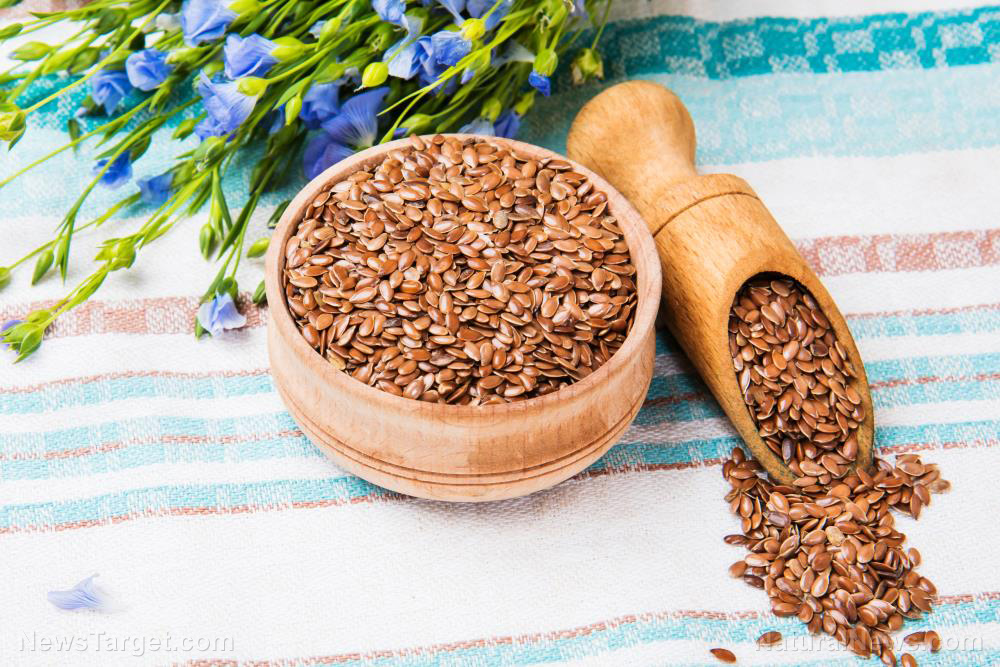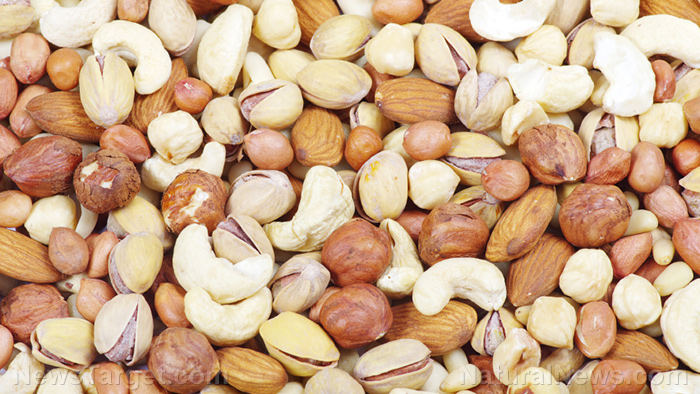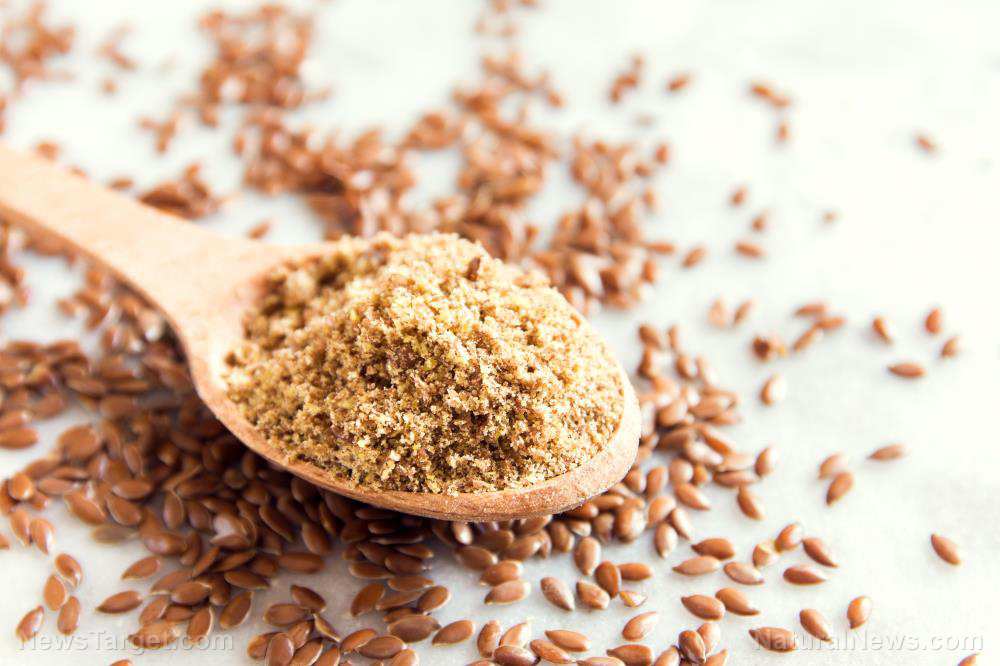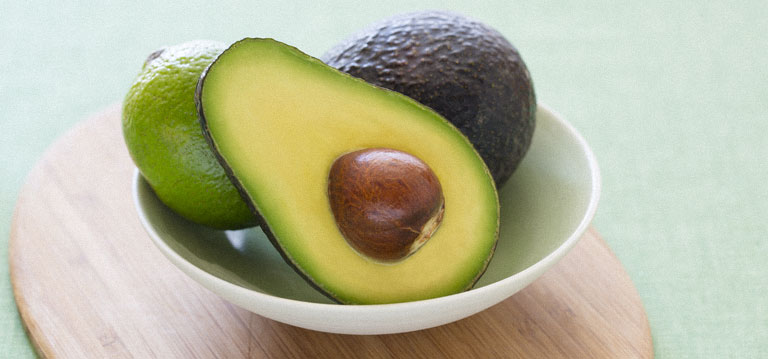The Nordic diet vs. the Mediterranean diet: What you need to know
07/09/2019 / By Evangelyn Rodriguez

Nordic people are the happiest people on the planet. They consistently take the top spots in global rankings when it comes to happiness and life satisfaction. And in case you’re wondering, the term Nordic refers to anything that belongs to Norway, Iceland, Finland, Denmark, or Sweden. These Northern European countries are known not only for their cold climates but also for their progressive and wellness-oriented way of life. In fact, these countries practice philosophies such as “hygge,” which means fostering a sense of contentment, “lagom” or doing things in just the right amount, and “friluftsliv” or spending time in nature.
What’s more, they apply these philosophies even to their diet. According to studies, the Nordic Diet tackles some of the most serious health problems a good diet should: metabolic syndrome, heart disease, diabetes, inflammation, and obesity. Some people even claim it is the healthiest diet in the world – even healthier than the Mediterranean Diet. So how does the Nordic diet really compare?
The Nordic Diet vs. the Mediterranean Diet
Two of the healthiest diets in the world, the Nordic and Mediterranean diets have a lot in common, but also a few differences.
The Nordic Diet
People who follow the Nordic Diet prioritize eating organic produce. They like to include seasonal fruits and vegetables in their meals, and, in general, prefer to eat more wild foods. When it comes to meat, they choose high-quality meat (i.e., grass-fed, organic meat) but eat less of it than plant-based, fiber-rich foods. They also tend to avoid food additives. Both the Nordic Diet and the Nordic people promote animal well-being, the generation of less waste, and the consumption of traditional, sustainably-farmed, and locally-sourced foods.
 | Discover how to prevent and reverse heart disease (and other cardio related events) with this free ebook: Written by popular Natural News writer Vicki Batt, this book includes everything you need to know about preventing heart disease, reversing hypertension, and nurturing your cardiac health without medication. Learn More. |
The Nordic Diet has strict rules about what to eat often, what to eat less of, and what foods to avoid. Here is a simple guide to following this environmentally-friendly diet. (h/t to Healthline.com)
- Foods to eat more: fruits and berries, vegetables, legumes, whole grains, potatoes, nuts, seeds, rye bread, seafood, low-fat dairy, herbs, and spices
- Foods to eat less: game meats, free-range eggs, cheese, and yogurt
- Foods to eat rarely: other red meats and animal fats
- Foods to avoid: sugary foods and beverages, added sugars, processed meats, food additives, and fast foods
The Mediterranean Diet
The Nordic diet and the Mediterranean diet share many similarities. For instance, the Mediterranean diet is also more of an eating pattern rather than a structured diet. It doesn’t restrict the number of calories people put inside their bodies; it simply tells people what to eat and what not to. While the Mediterranean diet doesn’t claim that it can help people lose weight, it can be instrumental in achieving that goal when combined with regular exercise and healthy lifestyle choices.
Like the Nordic diet, the Mediterranean diet emphasizes eating more fruits, vegetables, whole grains, beans, nuts, legumes, herbs and spices, seafood, and olive oil. Meanwhile, it puts eggs, poultry, cheese, and yogurt under the eat-in-moderation list and red meat and sweets under the eat-rarely list. The Mediterranean diet also allows the consumption of red wine — a glass a day for women and no more than two for men — but only when approved by their health care providers. This allowance is due to the resveratrol found in red wine. Resveratrol is an antioxidant found in the skin of grapes that, according to studies, may help reduce the risk of heart disease and cancer. (Related: WHO: Reduce your risk of cancer and heart disease by following either the Mediterranean or Nordic-style diet.)
The difference between the two diets
The main difference between the Mediterranean Diet and the Nordic Diet lies in the oils they use. The former promotes olive oil while the latter incorporates canola oil, which is commonly used in Nordic cuisine. Both oils are often used for cooking but are better-suited for different purposes. Canola oil is better for medium-heat cooking while olive oil suits salads more as a dressing. Between the two, olive oil is deemed healthier than canola oil. Olive oil is rich in antioxidants that support heart health in many ways. For an even healthier choice, experts recommend using extra virgin olive oil as it is less refined than regular olive oil.
The Nordic Diet prevails over the Mediterranean Diet when it comes to nutrition. This is because unlike the latter’s no-directives approach when it comes to food sources, the former optimizes food quality by emphasizing the consumption of sustainably and organically farmed foods, giving importance not only to consumer health but also to the health of the environment and the nature of food production. Numerous studies also suggest that the Nordic Diet can reduce risk factors of heart disease, such as high cholesterol and triglyceride levels. The Nordic Diet can also reduce inflammation within fat tissue, which is linked to obesity and metabolic syndrome.
The Mediterranean Diet and the Nordic Diet both emphasize the consumption of plant-based foods and the avoidance of processed foods and red meat. If you’re inclined to follow the Nordic Diet, substitute the healthier extra virgin olive oil for canola oil to receive the extra benefit of heart-healthy antioxidants and get the most out of your diet.
Sources include:
Tagged Under: alternative medicine, anti-obesity, antioxidants, canola oil, cholesterol, clean food, eating pattern, extra virgin olive oil, fightobesity, food cures, food is medicine, fruits, functional food, heart disease, heart health, inflammation, Mediterranean diet, men's health, metabolic health, metabolic syndrome, natural cures, natural medicine, Nordic diet, nutrition, obesity, olive oil, organic produce, plant-based foods, prevention, Processed Meats, research, resveratrol, slender, sugary foods, triglycerides, vegetables, weight loss, whole grains, women's health
RECENT NEWS & ARTICLES
COPYRIGHT © 2017 SLENDER NEWS



















